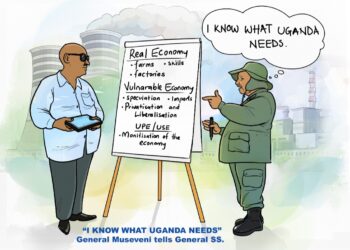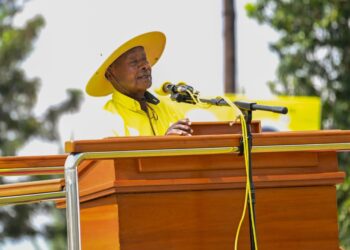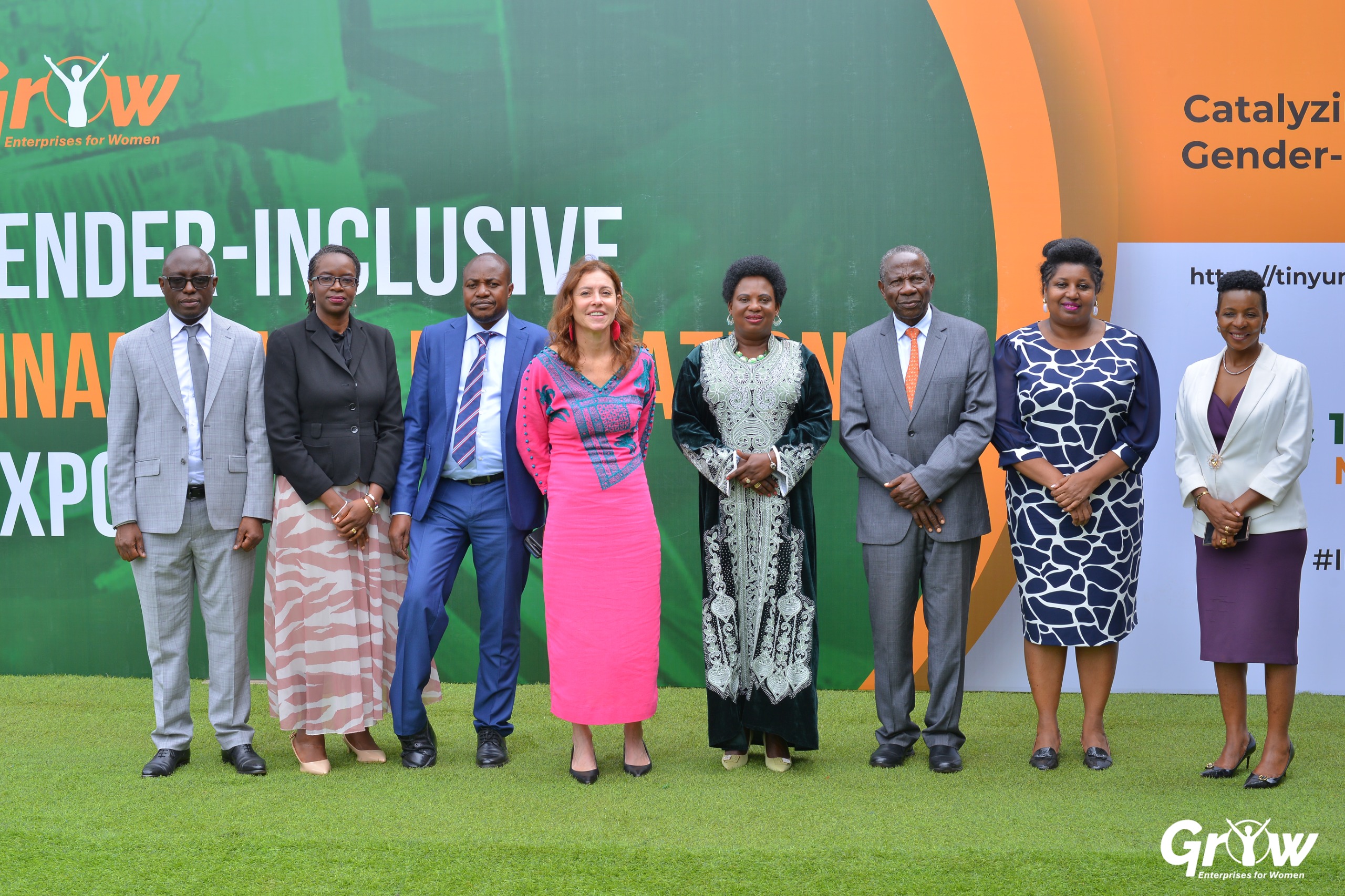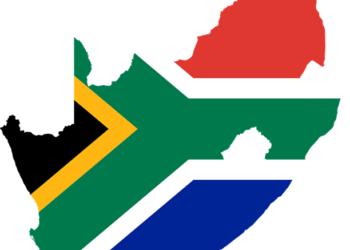The announcement of new cardinals always elicits the comment that the incumbent pontiff is determining his successor. That is only partly true. The Italians like to say that a fat pope follows a thin one, meaning that the College of Cardinals often elects a man not in the mold of his predecessor.
It is enough to note that Cardinals Jorge Mario Bergoglio, Walter Kasper and Óscar Rodríguez Maradiaga were all elevated on the same day in 2001 by St John Paul II, who now watches from heaven as they downplay some important parts of his magisterium.
Pope Francis announces his choices without notifying the men themselves or even the Secretariat of State, so there are plenty of new cardinals about which little is known, sometimes even to the Pope. What a College of Cardinals assembled by Pope Francis will do in a future conclave is at least as uncertain as the outcome of the conclave which elected Francis himself.
Most immediately, new cardinals tell us about the present priorities of the pontificate. The most notable name announced on Pentecost was that of Konrad Krajewski, the Polish prelate who serves as the Holy Father’s almoner. The Roman official charged with exercising the Pope’s personal charitable works, the almoner’s office had become largely ceremonial. Krajewski, a curial official under St John Paul II and Benedict XVI, was known in Rome for his heart for the poor. Francis chose him early on to revitalise the almoner’s role and Krajewski has done just that, putting in place the array of services for the homeless – beds, showers, haircuts, birthday gifts from the Pope – around St Peter’s. Now as a cardinal, Krajewski’s new prominence will further highlight one of the most admirable aspects of Pope Francis, namely his solidarity with the poor.
Sometimes the future significance of cardinals is only seen clearly after the fact. The death of Cardinal Darío Castrillón Hoyos last week was a reminder of that. He was one of the most extraordinary Latin American bishops of his generation, compassionately walking the streets of his diocese at midnight to feed to homeless children. His courage was most evident when, disguised as a milkman, he snuck into the compound of drug kingpin Pablo Escobar, telling him to his face that he would face God’s fearsome judgment.
In 1998 John Paul created Castrillón a cardinal during a high water mark for Latin Americans in Rome. In the late 1990s, John Paul installed a quartet of Latin American cardinals at the top of the Roman Curia. Castrillón was at the Congregation for the Clergy, while his fellow Columbian, Cardinal Alfonso López Trujillo was at the Council for the Family, a key dicastery under John Paul. The Brazilian Cardinal Lucas Moreira Neves headed up the Congregation for Bishops and Chile’s Cardinal Jorge Medina Estévez was prefect of the Congregation for Divine Worship. Medina and Castrillón became cardinals together.
The four cardinals gave Latin America great influence in Rome, but they were drawn from one side of the ecclesiastical battles fought during the 1980s and 1990s. Castrillón and his companions – only Medina survives today – were still in office when another set of Latin American cardinals entered the College. In 2001, John Paul held a mammoth post-Jubilee consistory at which he elevated Claudio Hummes, Maradiaga and Bergoglio.
If Castrillón and the others were a clear step in a more conservative direction, the 2001 class was the counterweight. (Cardinal Francisco Javier Errázuriz of Santiago, Chile, was also part of the 2001 class. On that day in 2001, neither Bergoglio nor Errázuriz could have imagined the past week in at the Chilean summit in Rome.)
Twelve years later, the late 1990s high water mark would be exceeded with Papa Bergoglio taking his inspiration from Hummes and installing Maradiaga as his chief counsellor.
Are there any such seeds planted in the consistory of 2018? It is too soon to tell and, in any case, Pope Francis chooses the place far more than the man. The traditional way of making cardinals was to identify a future cardinal and then move him into a traditional cardinalatial see. The new approach is to choose the place, and the incumbent gets the elevation. That means that the new cardinals might follow the general line of the Holy Father, but also might not.
There is another criterion introduced by Pope Francis: papal travels. The Pope has made cardinals in unusual places following his travels to Sweden and Central African Republic, and this time Fatima and L’Aquila (in southern Italy). The Pope is visiting Geneva next month. Anyone know who the bishop there is?
Fr Raymond J de Souza is a priest of the Archdiocese of Kingston, Ontario, and editor-in-chief of convivium.ca
Source; Catholic Herald
Do you have a story in your community or an opinion to share with us: Email us at editorial@watchdoguganda.com











